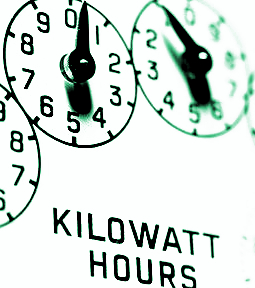ACCC issues power cost report
 More reforms are needed to address the dysfunctional state of energy retailing in Australia, the ACCC says.
More reforms are needed to address the dysfunctional state of energy retailing in Australia, the ACCC says.
The regulator has published the first report for its new electricity monitoring inquiry, setting out how the ACCC will monitor the supply of retail and wholesale electricity in Queensland, NSW, Victoria, South Australia, Tasmania, and the ACT.
It also summarises developments since the release of the ACCC’s retail electricity pricing inquiry (REPI) final report in June 2018.
“Under this new inquiry, we will be closely monitoring all parts of the supply chain in the electricity sector for the next seven years, in an effort to improve affordability,” ACCC Chair Rod Sims said.
“We will be looking at the behaviour of suppliers with the objective of helping consumers access affordable electricity. To this end we will also be monitoring the implementation of the 56 recommendations we made in our REPI report, and the impact they have on the market.”
The ACCC says it will publish reports at least every six months, and will also release information to the market from time to time.
Where appropriate, the ACCC will also make recommendations to governments to take any proportional and targeted action necessary to remedy failures in the market.
The latest report is accessible here.
The report says there is continuing confusion in the market about what represents a better deal.
That confusion is illustrated by one example in the report. In one part of Victoria, a household that uses a typical amount of electricity in 2019 will pay $181 more over the year if they sign up for an offer with the highest advertised discount in the market (43 per cent) than if they sign up for the cheapest offer with no advertised discount.
Some retailers advertise high ‘headline’ discounts that are conditional on, for example, the customer paying on time.
The report gives an example in which an average household in one part of Victoria would have paid an extra $859 in the year on an advertised 34 per cent discount if they paid their bill a few days late, which is $364 more than the most expensive offer with no discount attached.
The report notes that Australia’s wholesale electricity market prices continue to be high, due to a tightening in supply and demand conditions.







 Print
Print